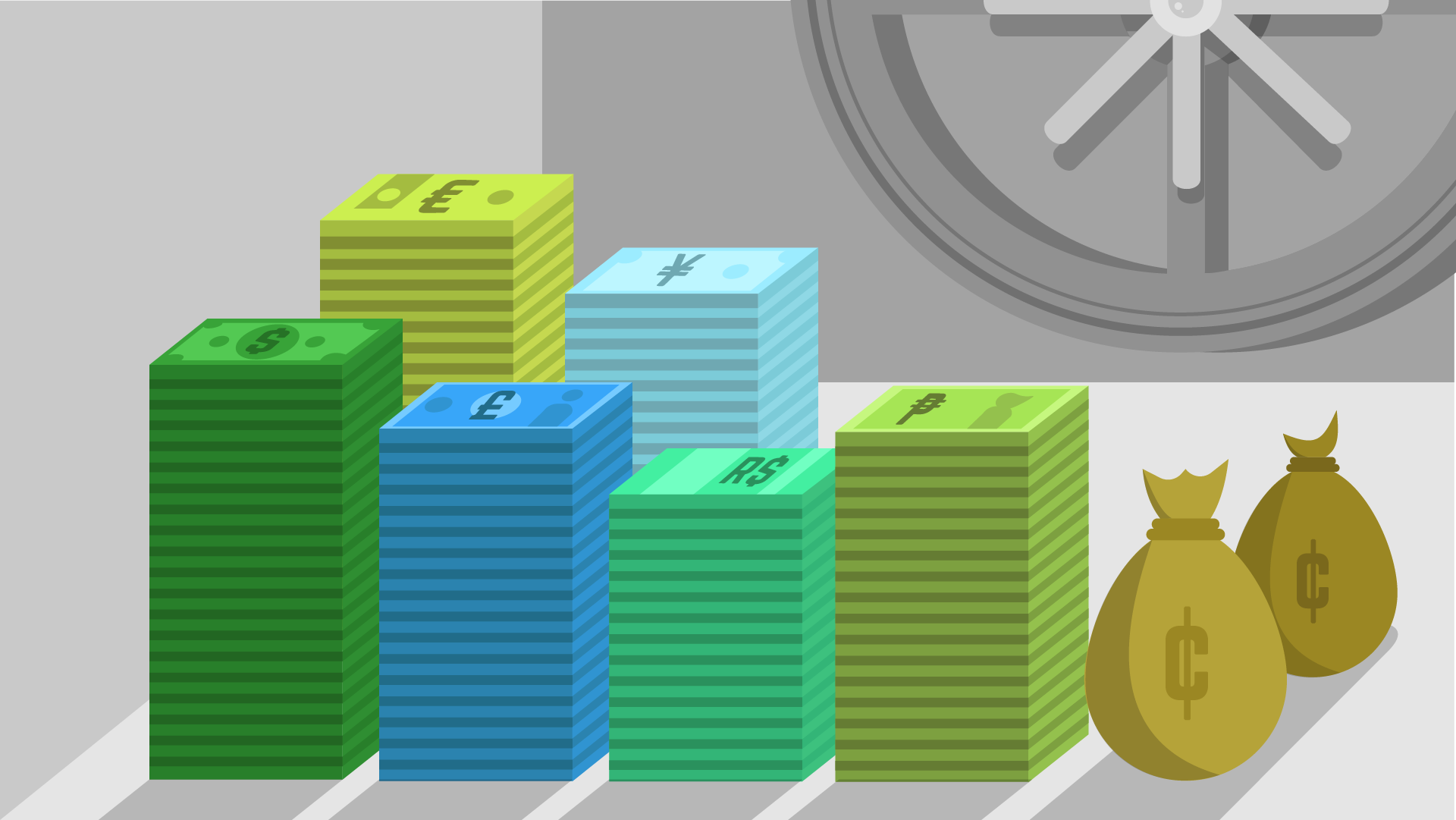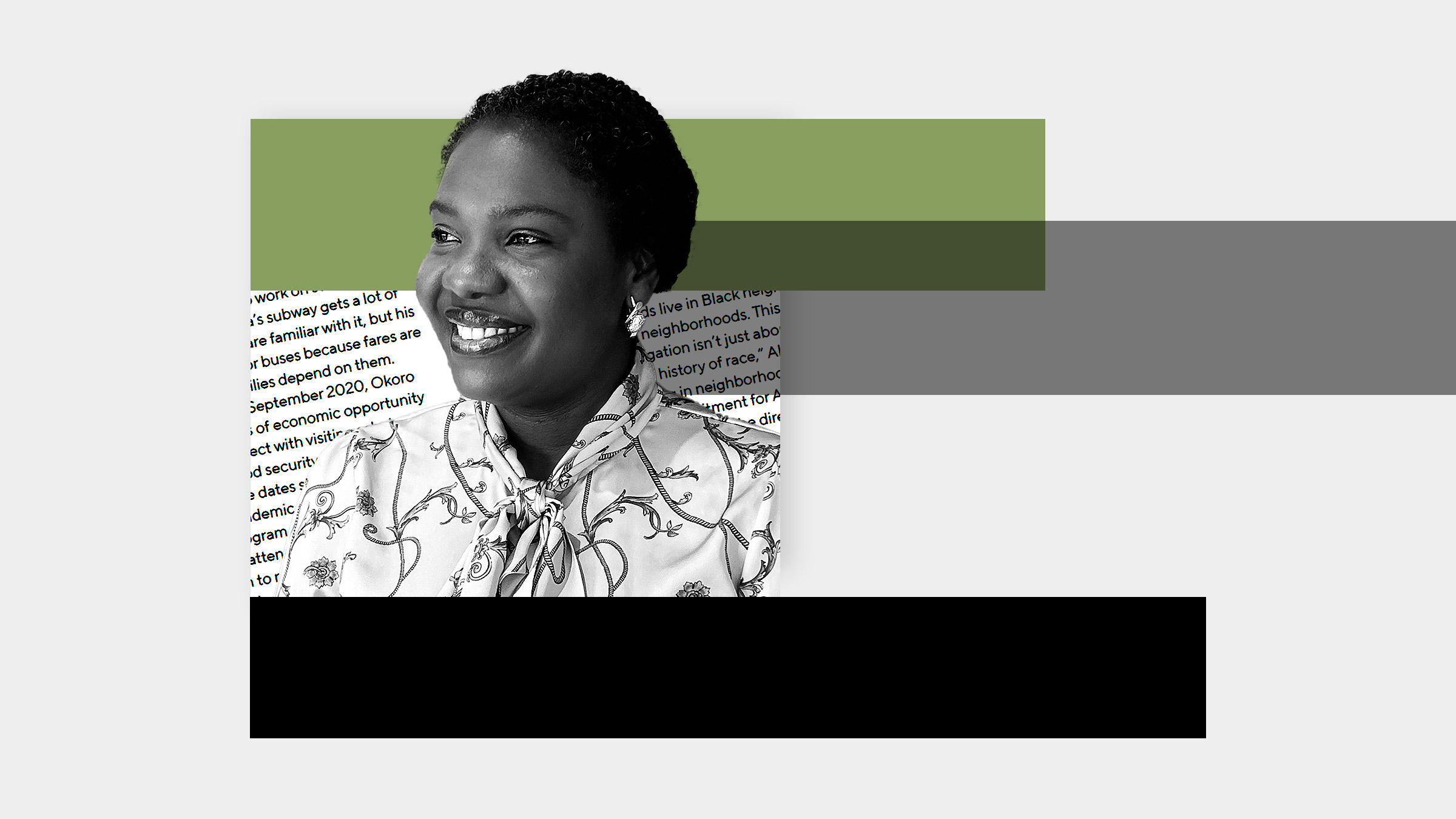
In 2017, according to the World Bank’s latest report, the Federal Reserve held yen, euros, and other foreign currencies and securities worth about $112 billion. Similarly, the People’s Bank of China controlled $3.2 trillion, Banco de México had $170 billion, and central banks of other nations held large amounts of foreign reserves. (The precise sums have fluctuated since, but remain high.)
Why hold such enormous stores of foreign money? Economists have offered several reasons, most of them termed “precautionary” motives, such as smoothing out unexpected fluctuations in global transactions. More recently, and especially after the 1990s East Asian financial crisis, economists have suggested that reserves serve as insurance against adverse shocks to external credit. When overseas lenders cut off credit to emerging markets—so-called sudden stops—a cache of foreign cash comes in handy.
But new research from the Federal Reserve Bank of Minneapolis suggests a different precautionary motive: Nations hold foreign currency as a “macroprudential” tool—a safeguard against macroeconomic instability. In brief, the theory is that governments move defensively when their citizens borrow too much from overseas, storing up foreign reserves as an asset to balance against excessive private accumulation of foreign debt. The policy staves off financial instability that could otherwise result from overborrowing from abroad.
“A Macroprudential Theory of Foreign Reserve Accumulation,” a recent Minneapolis Fed working paper (761) by senior research economist Javier Bianchi, Fernando Arce of the University of Minnesota, and Julien Bengui of Université de Montréal, finds that, ironically, citizens actually borrow more under this policy than if governments were to take no precautions. But central bank purchases outweigh private party borrowing, so the policy improves the nation’s net foreign asset position and stabilizes the economy. By accumulating foreign currencies, a prudent government “leans against the wind,” write the economists, and doing so “significantly reduces the exposure to financial crisis.”
Three relationships
Three unexplained patterns in financial data from 27 middle-income nations motivate their inquiry.
- First, since 1990, private borrowing from overseas has climbed substantially, roughly in parallel with foreign reserves. (See figure.)
- Second, over the same period, there has been a positive correlation between middle-income countries’ levels of foreign reserves (relative to GDP) and their private debt levels. (This is a statistical relationship across countries, rather than the first pattern’s analysis of data from all countries over time.)
- Third, nations with looser controls on international capital flows tend to have high levels of reserves, and vice-versa.
The economists propose that these relationships are driven by policies designed to protect nations from financial instability generated by excessive borrowing. Central banks accumulate foreign reserves as a counterweight to funds that individuals and firms borrow without regard for the reality that, collectively, too much private borrowing from abroad can contribute to financial fragility.
A model that leans against the wind
The economists’ model begins with a simple assumption: A household’s ability to borrow is limited by its income. But when times are good and their incomes are high, households tend to borrow too much from abroad—saving up in anticipation of potential bad times in the future, a personal precautionary measure. That excessive debt creates, in the jargon of economics, a “pecuniary externality:” a cost imposed on others through financial channels. In this case, households overborrow without considering the broad financial instability that behavior generates.
When bad times actually do come, foreign lenders might well cut off credit because the nation as a whole has borrowed excessively given its weakened economy. This means that debt-burdened households can borrow no more to smooth consumption. The credit constraint thereby suppresses demand, possibly leading to recession and unemployment.
Fortunately, goes the theory, a prudent central bank will have accumulated foreign reserves. Those reserves improve the country’s net foreign asset position, reassuring lenders, keeping credit channels open, and staving off recession.
Testing the model
The model is built around the theory that accumulation of foreign reserves enables a government to counteract excessive overseas borrowing by that nation’s firms and households. After calibrating the model using relevant economic values, the economists test its explanatory power by seeing if it can replicate data patterns similar to those that motivated the research.
When the model is tested, it does indeed generate results consistent with the facts. After calibrating with values from Mexico’s economy, the economists run the model for 15 years starting in 2001, inserting the financial and income shocks experienced by Mexico over that period. Their experiment generates a trend line that matches data well on foreign reserve accumulation. (By design, it also generates the actual increase in debt.) “Notably,” write the economists, “the model explains jointly the increase in debt and reserves, our first motivating fact.”
They then run 10,000 simulations of 30-year periods, and the results show that higher debt is associated with higher reserve levels, consistent with the cross-sectional evidence emphasized in the second fact.
The model also delivers the third motivating fact. They find: “Countries that impose more restrictions on capital mobility accumulate less reserves than those countries that do not.”
Conclusion
The economists’ theory—that foreign reserves rectify a pecuniary externality that generates private overborrowing and exposure to financial crises—is thus substantiated. “Quantitatively,” they write, “we show that this motive for reserve accumulation is consistent with both time-series and cross-sectional patterns of reserve accumulation and private external debt for middle-income countries.”





